Collection |
Collections
Filters
-
Collection Type
-
-
Collection |
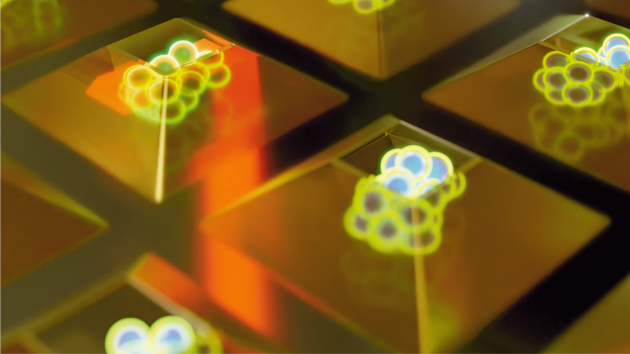 Innovations in Stem Cell Biology 2023
Innovations in Stem Cell Biology 2023
Stem cell models of development, regeneration, and disease are quickly advancing. New technologies and concepts are continuously combined with existing knowledge to create more realistic systems to improve our understanding of these intricate processes. In this collection, we highlight papers published in 2022-2023 across Nature Portfolio journals on topics including embryonic development and stem cells, reproductive biology, synthetic tissues and embryo models, clinical and translational research and tissue stem cells.
Image: Jean-Baptiste Sibarita, Virgile Viasnoff, and Anne Beghin -
Collection |
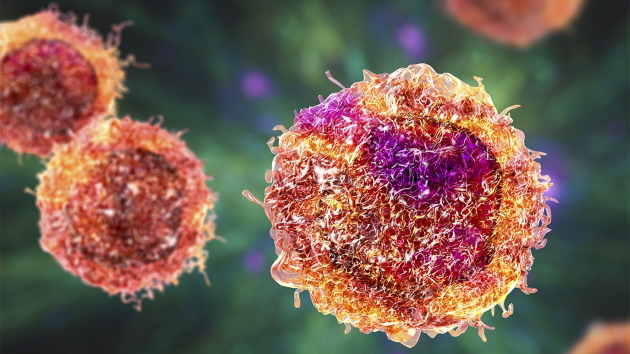 Cancer research
Cancer research
Cancer is a leading cause of death, accounting for nearly one in six deaths worldwide. Many cancers can be cured, especially if detected early and treated effectively.
Image: Kateryna Lon/ Science Photo Library/ Getty Images -
Collection |
 Extracellular vesicles
Extracellular vesicles
Selected, recent articles from across the Nature Portfolio that document the recent progress in understanding the biology of EV-mediated cell–cell communication and advances in clinical translation of EVs.
Image: Vicky Summersby -
Collection |
Cell cycle
One of the fundamental biological processes in life is the cell cycle leading from DNA replication to cell division. While it has been studied for decades and our knowledge has matured, sophisticated experimental approaches have rejuvenated the field. In addition, cell cycle regulators have emerged as cancer therapy targets. This collection showcases ground-breaking cell cycle papers and reviews, ranging from basic discoveries to clinical applications.
Image: Nicolas Plachta, NCB (2022) -
Collection |
 Methods for studying noncoding RNA
Methods for studying noncoding RNA
Research interest is growing in profiling noncoding RNAs and understanding their biological functions in health and disease contexts.
Image: Jeren (France) / Getty Images -
Collection |
 Metabolic communication across biological scales
Metabolic communication across biological scales
This Collection showcases recent articles from Nature Cell Biology, Nature Metabolism and Nature Reviews Molecular Cell Biology covering cellular to systemic metabolic regulation. This selection accompanies the Nature Conference “Metabolic Communication Across Biological Scales” and provides a resource about current trends and directions in this field.
Image: V. Summersby -
Collection |
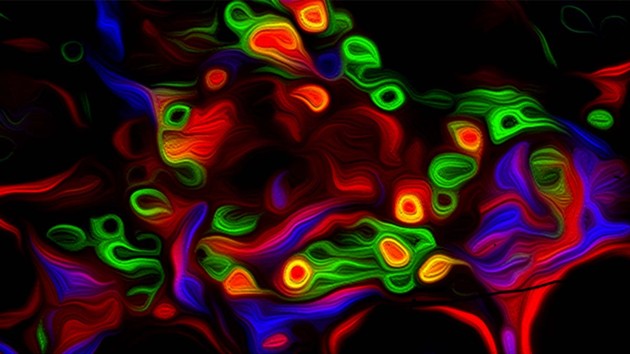 Stem Cells: from Single Cells to the Clinic
Stem Cells: from Single Cells to the Clinic
Recent technological progress has facilitated the study of how embryos develop, how embryonic cells transition between different states, how adult stem cells are maintained and differentiate, at unprecedented resolution.
Image: Deepti L Kumar and Tony DeFalco -
Collection |
 Mechanics of cells and tissues
Mechanics of cells and tissues
This collection of primary research articles, reviews and protocols focuses on an emerging topic of mechanobiology, highlighting the broad involvement of mechanical forces in different biological contexts, their roles in development, physiology and disease, and how these forces are sensed and transduced to produce biologically-relevant responses. The collection also showcases new technical approaches to modulate mechanobiology, which in the future could be used to control cell fate and behaviour for therapeutic benefits.
Image: Vicky Summersby -
Collection |
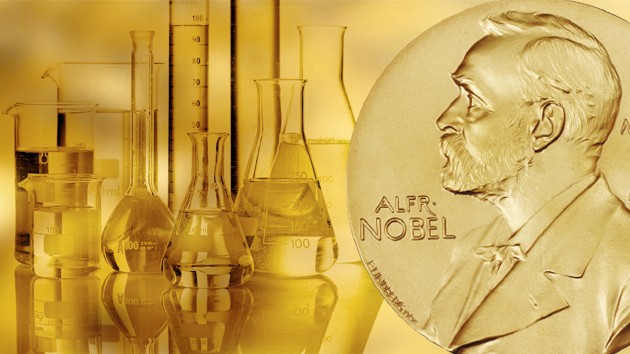 Nobel Prize in Chemistry 2020
Nobel Prize in Chemistry 2020
The 2020 Nobel Prize in Chemistry has been awarded to Emmanuelle Charpentier and Jennifer Doudna for their pioneering work in gene-editing.
Image: Springer Nature/The Nobel Foundation/Imagesource -
Collection |
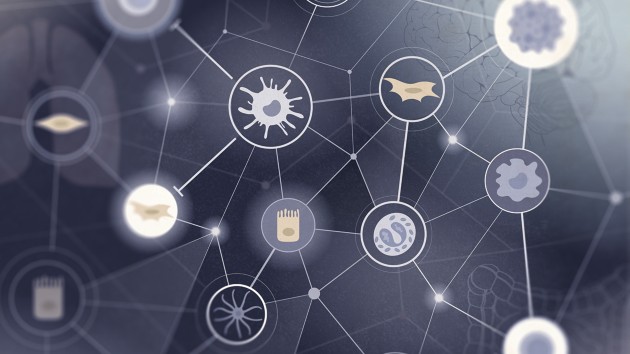 Stromal–immune cell interactions
Stromal–immune cell interactions
Immune cells journey throughout the body surveilling for signs of danger or damage.
-
Collection |
 Stem cells from development to the clinic
Stem cells from development to the clinic
New technologies to study stem cells have increased our knowledge about their physiological roles and contributions to development, ageing, regeneration and disease. This collection showcases research articles, reviews and protocols from across the Nature journals to highlight the striking advances made in basic and translational stem cell research.
Image: Benedetta Artegiani and Delilah Hendriks, Hubrecht Institute, Utrecht, The Netherlands.

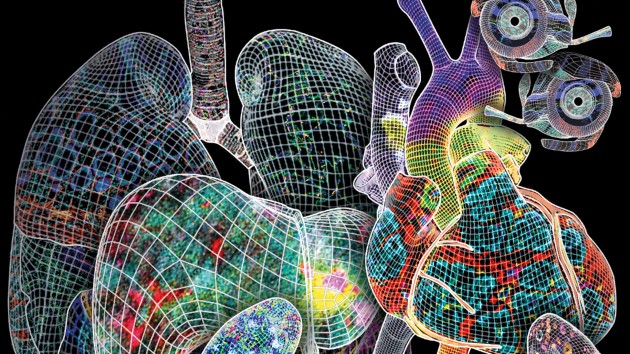 Human BioMolecular Atlas Program
Human BioMolecular Atlas Program